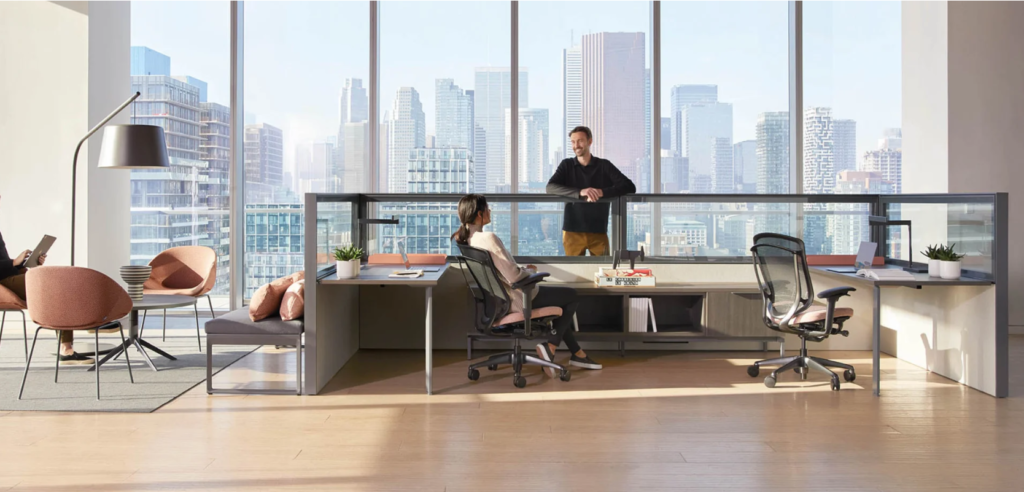The Downsides of Open Office Layouts
The open office concept has become increasingly popular in recent years, with many companies embracing the idea of an open, collaborative workspace. However, the reality is that open office layouts come with a host of drawbacks that can negatively impact employee productivity and wellbeing. While you might have installed impressive windows to provide light to your open floor plan, there’s still a lot more problems created than solved with this office layout.
Some of the key problems with open offices include:
- Lack of Privacy: Without walls or partitions, employees have little to no personal space or ability to have private conversations.
- Distractions and Noise: The constant hum of activity and conversations in an open office can make it extremely difficult to focus and get work done.
- Spread of Illness: Open office designs make it easier for illnesses to spread quickly between employees.
- Stress and Dissatisfaction: The lack of privacy and constant distractions in open offices can lead to higher stress levels and lower job satisfaction among employees.
Furniture and Layout Solutions for a Better Office Design
Rather than doubling down on open office layouts, smart office managers are rethinking their workspace design to create environments that support both collaboration and individual focus. Some effective strategies include:

- Incorporate Private Workspaces: Provide a variety of private offices, meeting rooms, and phone booths where employees can retreat for focused, distraction-free work.
- Use Modular Furniture: Flexible, modular furniture allows you to easily reconfigure the office layout to create a variety of collaborative and private zones.
- Leverage Acoustic Solutions: Strategically placing sound-absorbing panels, white noise machines, and other acoustic treatments can help minimize noise and distractions.
- Offer Breakout Spaces: Create comfortable lounge areas and breakout spaces where employees can relax, recharge, and socialize away from their desks.
Beyond modular zones and acoustic panels, today’s forward-thinking office designs are embracing dynamic, adaptable environments that respond to evolving team needs and individual work styles. Recent research into “robotic partitions” highlights how mobile, semi-autonomous walls can fluidly reshape open spaces—creating private nooks for focused work or spontaneously enabling breakout pods for collaborative discussions, then retracting when not in use.
Complementing this, the concept of “quiet computing” combines architectural treatments with behavioral strategies and personal technology—think acoustic design, sound‑masking systems, noise‑canceling tools, and “focus zones”—to significantly enhance deep work capabilities without dismantling the benefits of open environments. By blending modular furniture, strategic acoustics, and even tech-powered spatial adaptability, organizations can craft hybrid workspaces that nurture both spontaneous collaboration and concentrated productivity, while also future-proofing against shifting work patterns.
You can totally re-build your office, without needing to actually relocate.
Founder of Innovare – Jim Baker
By rethinking the office layout and incorporating the right furniture and acoustic solutions, you can create a workspace that supports both individual productivity and collaborative work – without the drawbacks of a traditional open office.
